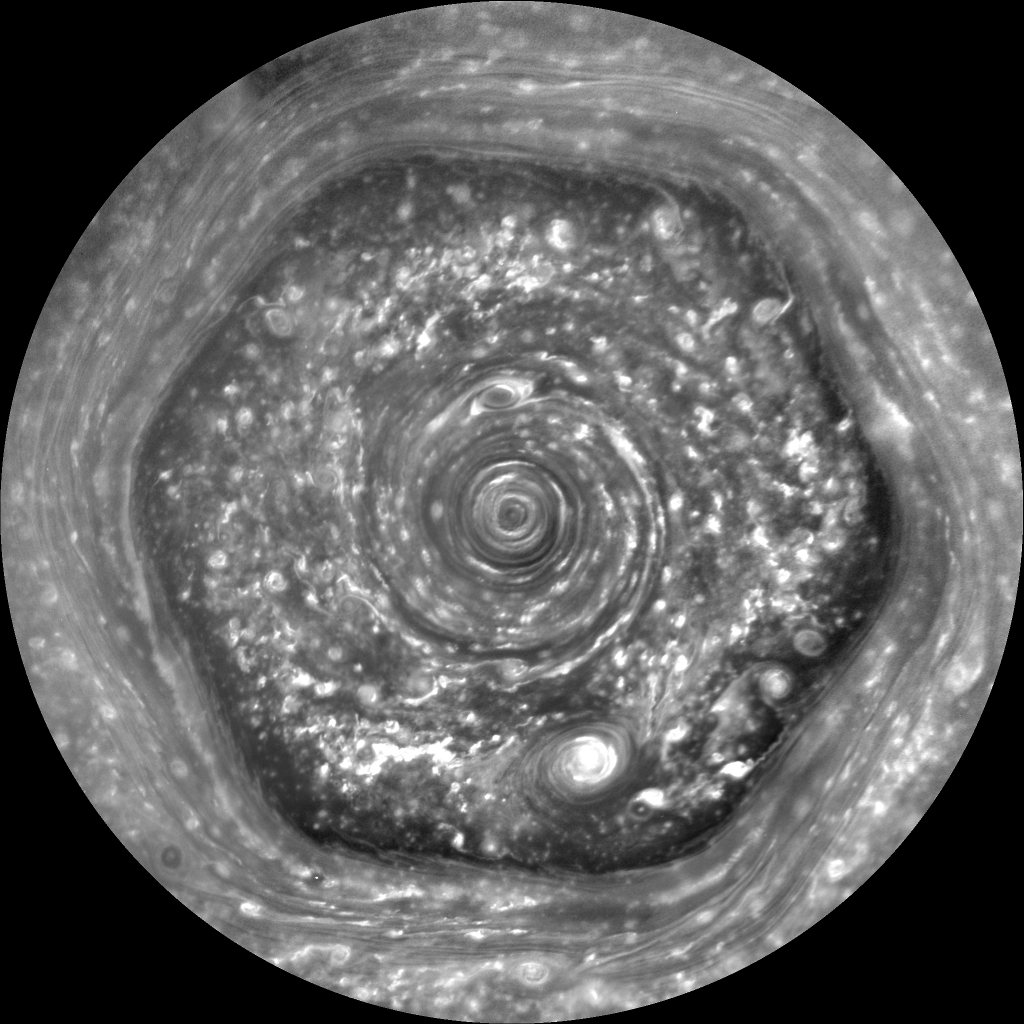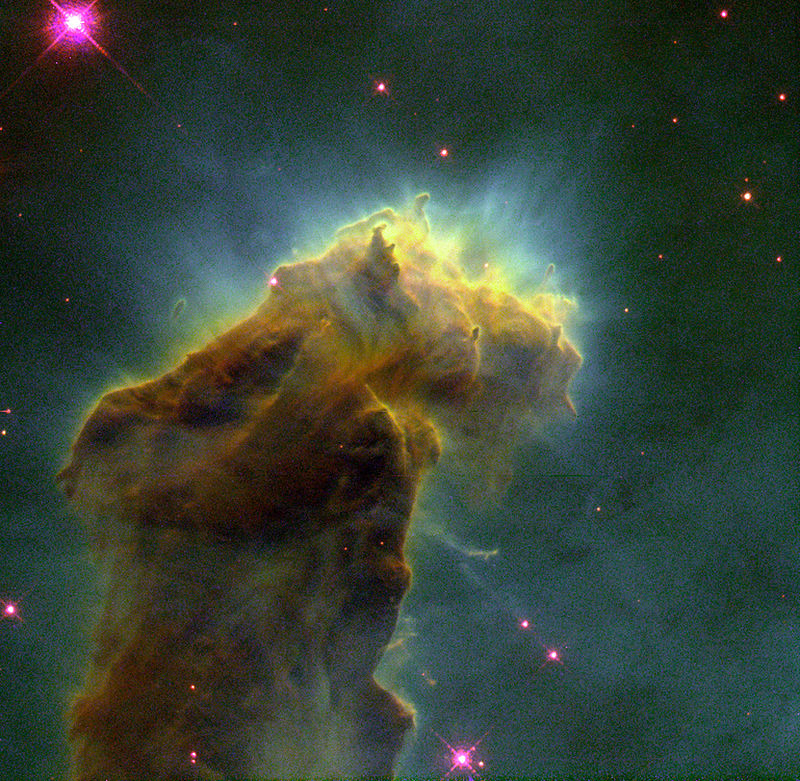
An interpretation of 55 Cancri e
Starting things off the way they started, I’m here again to write about a wonderful planet that I found somewhere in the universe (I found the planet on the internet). Just like Gliese 436 b – the first planet I wrote about – 55 Cancri e was discovered at roughly the same time. Consider the value of our Earth. In terms of global GDP, as of 2018 the world was worth just about 84 TRILLION dollars. That’s a lot of dough! For reference, with 84 trillion dollars, you can purchase up to 56 MILLION entry-level super yachts! For a more reasonable comparison, you could buy Beyonce’s mansion over 950,000 times! Now prepare to have your mind blown. In comparison to this planet’s worth, the entirety of Earth’s value is just pennies in a bucket. 55 Cancri e is a massive exoplanet composed of diamond!

55 Cancri e is located within the Cancer Constellation
Discovered in 2004, 55 Cancri e is an exoplanet located very close to the star 55 Cancri a. This star is located approximately 40 light years away and is actually contained within the constellation of Cancer. 55 Cancri e is the closest planet to orbit 55 cancri a, and has an orbit time of only 18 hours! This is less than 2 seasons of Game of Thrones! This is also very quick considering 55 Cancri e is nearly 9 times the mass of the Earth, and roughly twice as wide. 55 Cancri e was discovered by measuring the Doppler shift of known planets around the star. This is when scientist measure the effects of planets on the space around them, and look for inconsistencies with predicted data. If scientists only expect to see the effects of 3 planets, but there seem to be additional influences, scientists can assume that there is something else in the area!

Imagine how many yachts you could have!
How is this planet made up of diamond, though? While scientists are not 100% certain as to what the composition of the planet is, one of the current possibilities is that roughly one-third of the planet is composed of carbon. Since the planet is so massive, and it is located so close to its parent star, there would be enough heat and pressure to compress this carbon into diamond! According to a study done by Yale, this planet would then be worth 26.9 NONILLION dollars. Most people probably don’t know that nonillion is a degree of magnitude, but 1 nonillion dollars is the number 1 followed by 30 zeroes. With this money, you could easily purchase more than 17 septillion entry-level superyachts!
Essentially, after doing so many random searches about space, space facts, space conspiracies, among other things, I have come to the full realization that space is full of crazy, wonderful phenomena. There are things in space that make the universe seem like a beautiful place, and there are also things that make the universe seem extremely cold and unforgiving. Regardless, I’m glad that the world has at least explored the universe a little bit so that we can always be inspired by our insignificance in the universe. In the grand scheme of things, we truly are just a tiny speck in a vast universe that will eventually blow away as the endless surge of time continues.
https://www.forbes.com/sites/petercohan/2012/10/12/diamond-planet-worth-26-9-nonillion/#290613b67af2

















